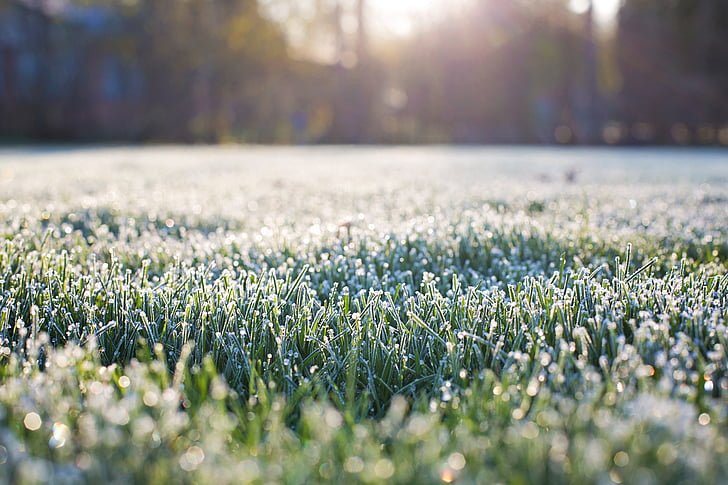Featured
Gardeners Unite: It’s Time to Send Jack Frost Packing!

As Arizona’s winter season approaches, residents need to prepare for the arrival of frost. The influx of snowbirds coincides with the potential threats posed by Jack Frost, particularly in the low desert areas known for their year-round sunshine. With a bit of foresight, the impact of frost on local flora can be significantly reduced.
Light frost, classified as temperatures between 29 and 32 degrees Fahrenheit, can harm delicate succulents and tender plants. In contrast, a moderate freeze, occurring at temperatures between 25 and 28 degrees, can result in severe damage, as moisture in plant cells freezes, causing them to burst. When temperatures fall below 25 degrees, plants face the risk of desiccation and death.
Understanding the cold tolerance of various plants is crucial. Many cool-season vegetables and native plants can withstand colder temperatures. However, bougainvillea, succulents, and citrus trees require special attention and protection against frost.
For effective frost protection, consider wrapping the trunks of citrus and young fruit trees with burlap, towels, or cardboard. This insulation safeguards the roots even if the leaves suffer. Trunk wrapping can remain in place throughout the winter months.
Vulnerable potted plants should be brought indoors during predicted frost. For light frosts, placing these plants close to the house can provide some warmth from the sun-warmed walls. Meanwhile, shrubs may need covering to shield them from the cold overnight. It’s essential to cover them all the way down to the ground and do so before dusk to retain heat.
When covering plants, materials like sheets, blankets, and towels work well. White frost cloth is ideal for daytime use, allowing sunlight to reach plants even while protected. Additionally, using warmed water-filled milk jugs around sensitive plants can provide extra warmth, as can watering them just before a freeze. The moisture in wet soil releases heat, creating a protective microclimate.
Lastly, it’s advisable to refrain from pruning frost-damaged plants until spring. New growth will signal when it’s safe to cut back any frost-injured foliage.
Wende Gehrt, a Master Gardener in Pinal County, emphasizes the importance of these protective measures.


















